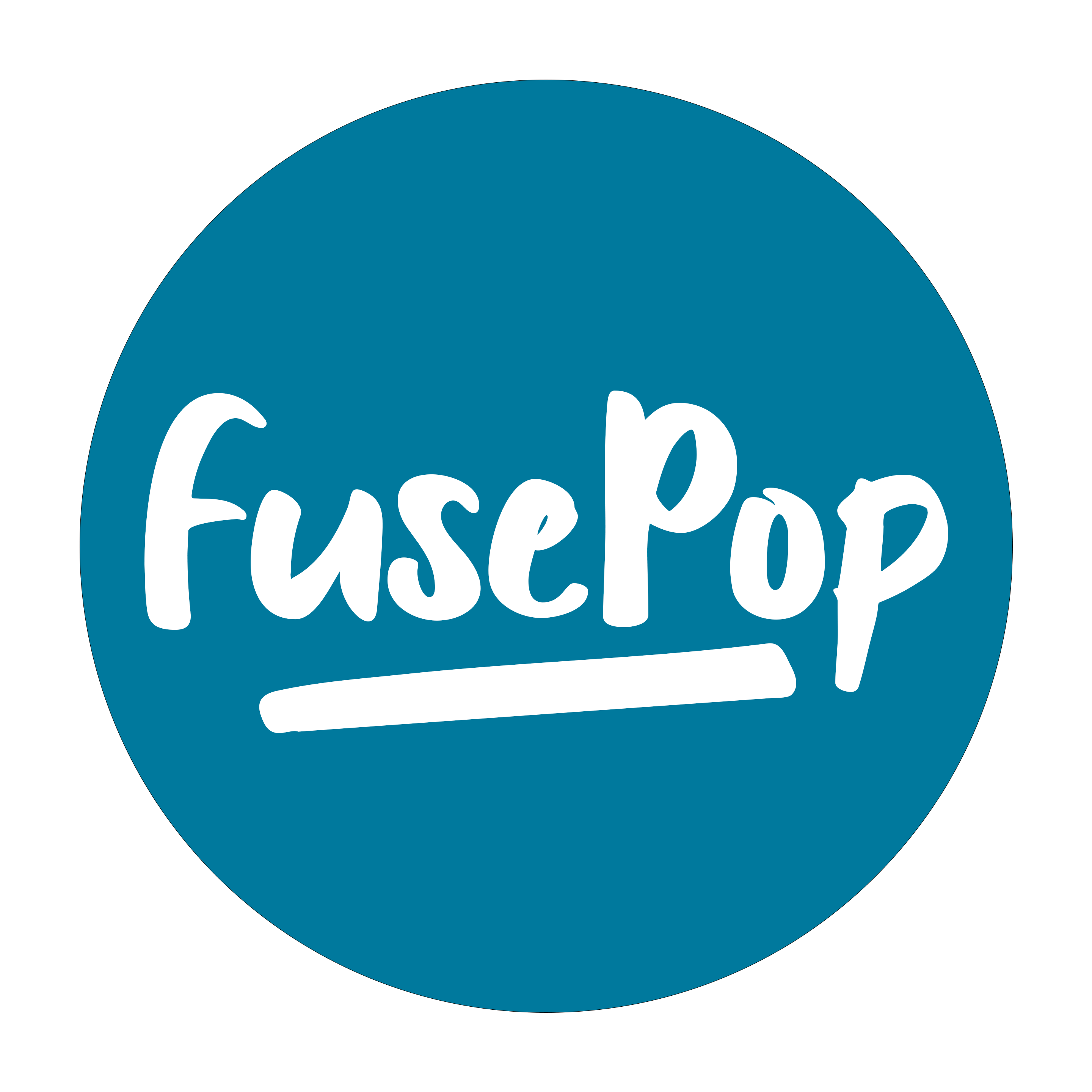Bad Apple: When Technology and Culture Collide
In an era of unprecedented technological acceleration, the boundaries between human creativity and artificial intelligence are becoming increasingly blurred. The metaphorical 'Bad Apple' represents more than just a technological anomaly—it symbolizes the disruptive potential of emerging digital ecosystems.
Recent studies suggest that AI's exponential growth is fundamentally reshaping societal structures. Experts like Dr. Elena Rodriguez from Stanford's Digital Futures Institute argue that we're witnessing a transformative moment where machine learning algorithms are not just tools, but potential autonomous agents capable of complex decision-making.
- AI adoption rates have increased by 37% in the past two years
- Technological innovation is outpacing regulatory frameworks
- Cultural adaptation remains a significant challenge
The phenomenon of 'Italian Brain Rot'—a provocative term describing cognitive dissonance in technological adaptation—highlights the psychological challenges of rapid digital transformation. Young professionals are simultaneously excited and anxious about AI's potential, recognizing both its revolutionary capabilities and potential societal disruptions.
Key recommendations for navigating this complex landscape include continuous learning, maintaining critical thinking skills, and developing a nuanced understanding of AI's ethical implications. Embracing technological change while preserving human creativity will be crucial in the coming decades.
As we stand at this critical technological crossroads, one thing becomes clear: the future is not about human versus machine, but human and machine working in unprecedented collaboration.





































































































